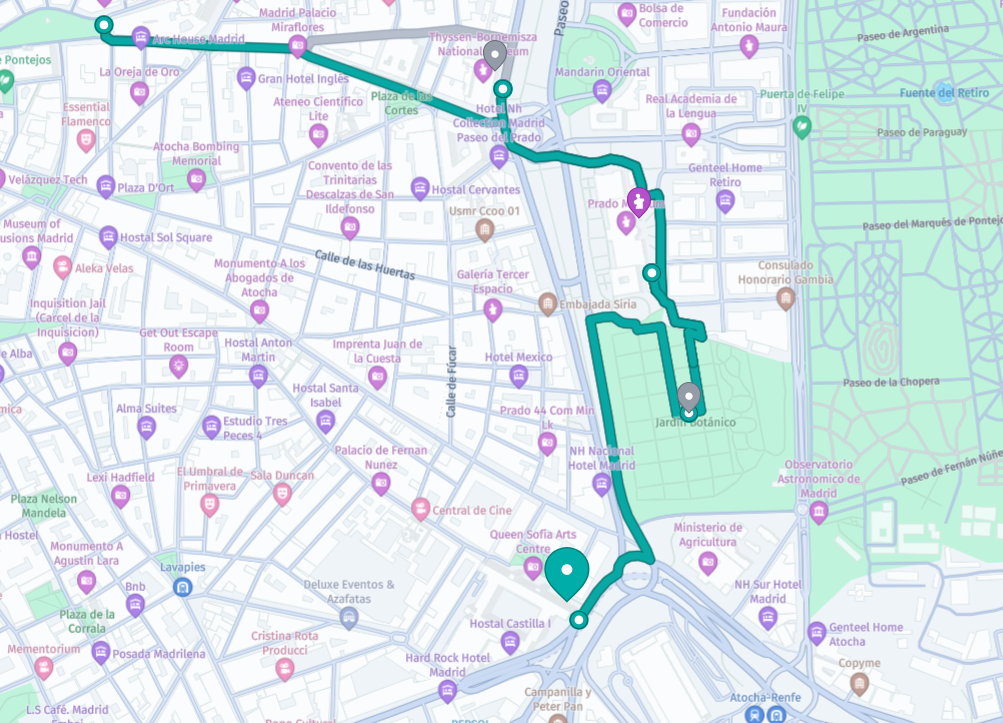Guernica
Guernica is one of Pablo Picasso’s most iconic masterpieces—a monumental painting that has come to symbolize the tragedies of war and the suffering it inflicts upon innocent lives. Painted in 1937, during the turmoil of the Spanish Civil War, this work transcends a simple historical record to become an enduring, universal statement against violence and oppression.
Commissioned for the Spanish display at the 1937 Paris International Exposition, Picasso created Guernica in response to the bombing of the Basque town of Guernica by German and Italian air forces supporting Franco’s Nationalists. Although the event itself was a singular tragedy, the painting’s themes resonate far beyond that day, capturing the general horrors of modern warfare.
More than just a depiction of a specific event, Guernica expresses the anguish and chaos of war. Its stark imagery served as a rallying cry for peace and became a potent symbol prosecuted in political discourse well into the post-war era.
Element Symbolism/Interpretation The Bull Often interpreted as a symbol of brutality or an embodiment of Spain’s stubborn, sometimes violent, spirit. The Wounded Horse Representing the suffering of the people; its contorted form and anguished expression evoke the agony of war victims. Figures & Bodies Suggest the chaos, disarray, and the indiscriminate nature of violence. The Lamp or Light Symbolizes hope and revelation amid darkness, illuminating the tragic scene and guiding the observer toward an understanding of truth. Refereces
Text generated by Microsoft CoPilot
- Museo Reina Sofía – Guernica Museo Reina Sofía: Guernica The official museum website offers extensive information, high-quality images, and details about exhibitions where Guernica is featured.






























































